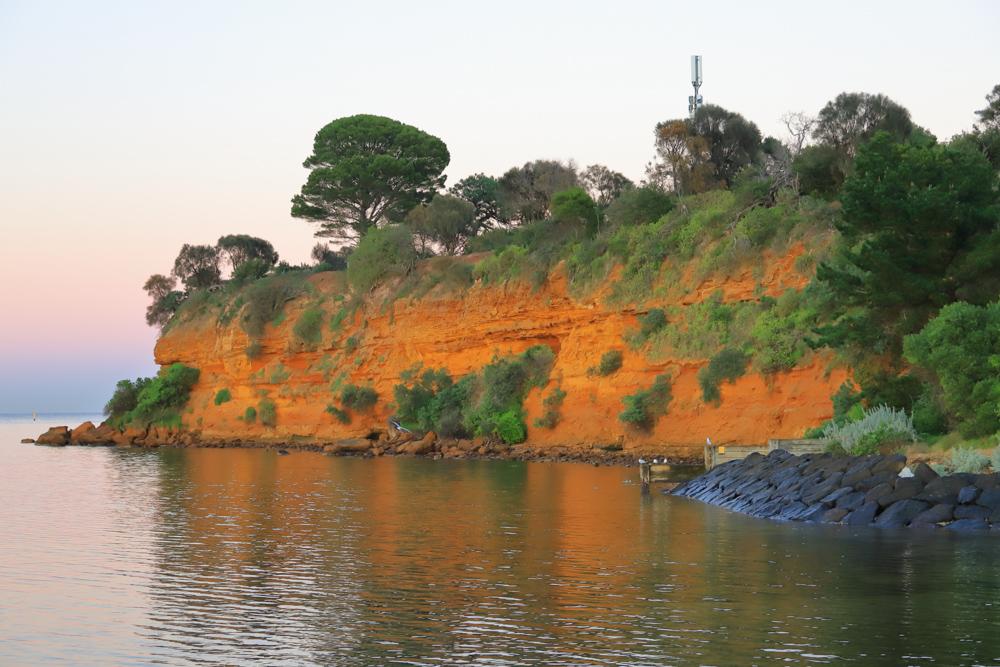Beaumaris has produced the only fossil evidence in Australia of several marine animal groups, including whales, seals, sea turtles, and seabirds. By also yielding rare remains of land mammals, the site is pivotal to calibrating the timescale for the evolution of Australia’s unique marsupial fauna. Major discoveries continue to be made, showing that the full scientific and educational potential of this fossil site has yet to be realised. In short, without Beaumaris, we would know nothing of the prehistoric past of many of the most iconic and ecologically influential organisms in Australian seas.

The Beaumaris Bay Fossil Site is about 30 hectares, enclosed by a line commencing at the intersection of Beach Road and Cliff Grove, then southwesterly via the southern side of Beach Road to Sparks Street, then southeasterly to a point offset 250 metres seaward via the alignment of Sparks Street, then northeasterly to the intersection of the alignment of Cliff Grove and the Low Water Mark, then northwesterly back to the point of commencement.
The history of Australian Art is an important and contributory factor to the cultural significance of Beaumaris Bay. Since the late 19th Century, significant artists including Charles Conder, Tom Roberts, Arthur Streeton, Frederick McCubbin, Clarice Beckett and Jessie Traill have responded to the beauty of the area and produced artworks that are now held in the collections of major national, state and regional public galleries.
It is well documented that the Beaumaris artist camp of 1886-1887 was integral to the creative achievement of the highly influential school of Australian Impressionism (Heidelberg School) and in its second phase in developing a new order of landscape.
The Beaumaris Bay Fossil Site is currently on the Register of the National Estate (Non-statutory archive) registered since 1999.
Beaumaris Bay has been nominated for National Heritage listing predominantly for its outstanding palaeontological and geological significance. However, it also has artistic, landscape and indigenous significance. The Beaumaris Bay cliffs and foreshore yield precious and unique fossils throughout most of their exposure.
More details on the fossils of Beaumaris are included in a Museum Victoria publication authored by Erich Fitzgerald and Rolf Schmidt and which acknowledges Dr. Vicki Karalis and the Sandringham Foreshore Association for their strong contribution to the development of this excellent publication.